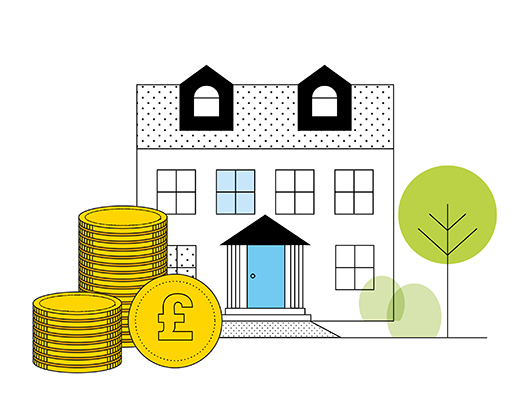7 Managing your mortgage
Another way to reduce the cost of borrowing is by reviewing and potentially changing your mortgage if you are a homeowner.
Your mortgage and your pension are usually the two biggest and most important financial products you will have to manage in your life. So you should pay maximum attention to both, with the aim of making sure your mortgage is repaid before you retire and your pension savings offer you a comfortable retirement income.
Switching between products and lenders could produce savings.
There are two particular circumstances which should trigger a review of your mortgage:
- If you find yourself on the lender’s ‘standard variable rate’ (SVR) mortgage you could see if there’s an alternative that might suit you better. This could involve either moving to another variable rate deal – a ‘tracker’ rate mortgage – or to a fixed-rate deal. And be prepared to move to a new lender too if this is required to get the best deal.
- If your fixed-rate deal is coming to an end in the near future, start to check the market. There’s been lots of changes in the market recently so guidance from a mortgage adviser could be helpful.
By contrast if you are on a fixed-rate with some years left to run then you should almost certainly stick with it and not re-mortgage. A new deal, probably, would currently come at a higher interest rate. But continue to keep a periodic check on the mortgage market so that you are prepared for the impact on your finances when your fixed-rate deal eventually ends.
One major caveat to this guidance applies if mortgage rates start to fall again. If you are on a fixed-rate and mortgage rates fall it might make sense to switch to a new deal with a lower rate of interest. There may be a charge for switching from your existing deal – something that is usual with fixed-rate mortgages – but you can weigh up if it’s still worth paying this and switching. The calculations around this are a little fiddly but online calculators [Tip: hold Ctrl and click a link to open it in a new tab. (Hide tip)] are available. Again, if you do need help a mortgage adviser would be able to talk you through the options.
Next there’s a short quiz to check what you have learned from this session.

